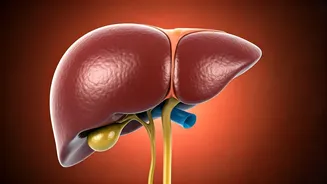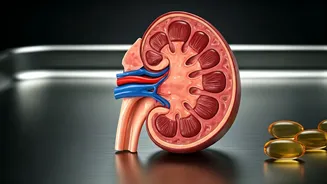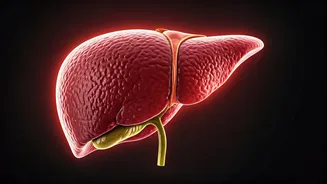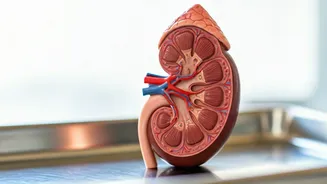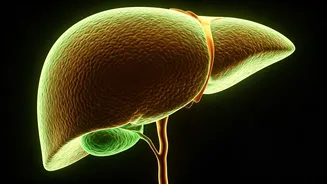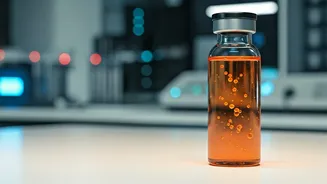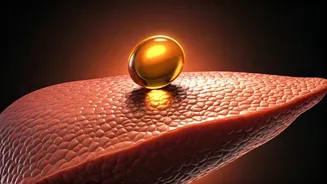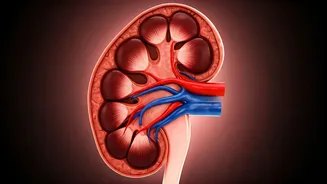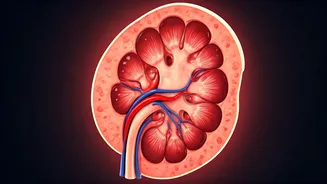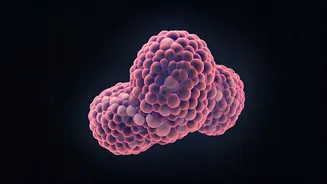Understanding Toxicity
Vitamin D toxicity, also known as hypervitaminosis D, emerges when excessive amounts of vitamin D accumulate in the body. This condition typically stems
from high doses of supplements, rather than overexposure to sunlight. The consequences of this toxicity are broad and impactful, often affecting the body's calcium balance. The primary issue arises from the increased absorption of calcium in the gastrointestinal tract, leading to elevated calcium levels in the blood, a condition called hypercalcemia. This elevated level can result in various health problems. The symptoms can vary greatly from individual to individual. It is important to realize that the effects can be severe. Therefore, recognizing the potential for vitamin D toxicity, especially with supplemental use, is crucial.
Spotting the Signs
Identifying the signs and symptoms of vitamin D toxicity is crucial for early intervention. Early indicators often include gastrointestinal issues such as nausea, vomiting, and loss of appetite. These symptoms may be subtle and often attributed to other causes. As the condition progresses, more severe symptoms appear. These can include excessive thirst, frequent urination, and weakness. Additional symptoms may encompass bone pain, as high calcium levels disrupt the normal functioning of bones. In more serious cases, kidney problems and even kidney failure can occur. Also, the accumulation of calcium in the blood can lead to mental confusion. Early detection is essential, so being mindful of the dosage of vitamin D intake is highly recommended.
The Root Causes
The primary cause of vitamin D toxicity is usually an excessive intake of vitamin D supplements. This can be a result of incorrect dosage, or the combination of different vitamin D supplements. The vitamin D is a fat-soluble vitamin, meaning it is stored in the body's fat tissues, leading to a buildup over time if consumed in excess. Rarely, vitamin D toxicity may stem from certain medical conditions that influence vitamin D metabolism. These conditions can disrupt the body's normal control of calcium and vitamin D levels. Some types of cancer and granulomatous diseases, can cause hypercalcemia, which in turn may increase the risk of vitamin D toxicity. Consulting with a healthcare professional is vital to determine the correct dosage.
Health Complications
Prolonged vitamin D toxicity can lead to several serious health complications. Elevated calcium levels, often associated with this condition, are particularly harmful to the kidneys. Calcium buildup can cause kidney stones and, in severe cases, lead to kidney failure. The cardiovascular system is also at risk. High calcium levels can lead to the hardening of arteries, increasing the risk of heart disease. Furthermore, vitamin D toxicity can affect bone health. Though initially, excess calcium can strengthen bones, over time, it can lead to bone loss and pain. The effects of vitamin D toxicity can significantly impair overall health. Therefore, addressing this condition quickly is of utmost importance.
Natural Reversal Strategies
Reversing vitamin D toxicity involves a multi-faceted approach, the first step is to discontinue the vitamin D supplement immediately. This cessation helps prevent further build-up in the body. Increasing fluid intake is important, as it helps to flush out excess calcium through urine. Focusing on the intake of foods that are low in calcium or that can inhibit its absorption can also aid recovery. Avoiding calcium-rich foods and supplements can help to balance the levels. Additionally, consulting with a healthcare provider is essential to determine the extent of the toxicity. They might recommend medication to regulate calcium levels, as needed. Regular monitoring of blood calcium levels is also important. This way you can effectively manage the recovery process.
Dietary Considerations
The dietary approach to managing vitamin D toxicity focuses on controlling calcium intake. Certain foods are naturally high in calcium, and should be consumed in moderation. Dairy products, such as milk, yogurt, and cheese, should be limited. Other foods, such as leafy greens and some types of nuts also contribute significantly to calcium consumption. Increasing fiber intake can assist in reducing calcium absorption. Incorporating foods rich in magnesium can also be beneficial, as magnesium plays a role in regulating calcium levels. It is also vital to ensure adequate hydration by drinking plenty of water. A balanced diet, under the guidance of a healthcare professional, will greatly support the body's recovery from this condition.
Medical Interventions
In cases of vitamin D toxicity, medical interventions may be necessary to manage elevated calcium levels. The primary approach involves administering intravenous fluids to hydrate the patient and promote calcium excretion through urine. Certain medications may be prescribed to reduce calcium levels in the blood. Bisphosphonates are often used. These medications work by preventing calcium release from bones. In more severe cases, or if kidney function is impaired, dialysis may be necessary. Regular monitoring of calcium levels and kidney function is essential. The healthcare provider will adjust the treatment plan as needed. Medical intervention, in conjunction with dietary and lifestyle changes, aids in the effective management of vitamin D toxicity.
Prevention Is Key
Preventing vitamin D toxicity is a matter of cautious supplementation and awareness. Before starting vitamin D supplements, it is important to get a blood test to determine your baseline levels. This helps you avoid unnecessary supplementation. Always follow the recommended dosage guidelines, and avoid taking excessive amounts. Consider getting vitamin D from natural sources, such as spending time in the sun, which is usually a safe way to boost levels. However, remember to use sun protection. Regular blood tests can help monitor vitamin D levels and detect any imbalances early on. Consulting a healthcare provider before taking any supplements ensures that you take the right amount. Prevention is always better than cure.
